Which of the following sets of factors will increase the climb limited tom ? [ Attainment AIM ]
Question 88-1 : Low flap setting low pressure altitude low oat high flap setting low pressure altitude low oat low flap setting high pressure altitude high oat low flap setting high pressure altitude low oat
The requirements with regard to take off flight path and the climb segments are ?
Question 88-2 : The failure of the critical engine on a multi engines aeroplane the failure of any engine on a multi engine aeroplane two engine aeroplane the failure of two engines on a multi engine aeroplane
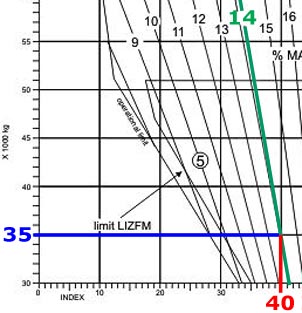 The failure of the critical engine on a multi-engines aeroplane.
The failure of the critical engine on a multi-engines aeroplane. A head wind will ?
Question 88-3 : Increase the climb flight path angle increase the angle of climb increase the rate of climb shorten the time of climb
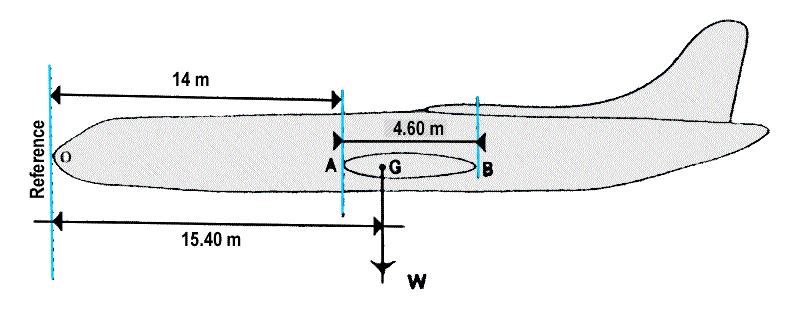 Increase the climb flight path angle.
Increase the climb flight path angle. Assuming that the required lift exists which forces determine an aeroplane's ?
Question 88-4 : Weight drag and thrust weight and drag only thrust and drag only weight and thrust only
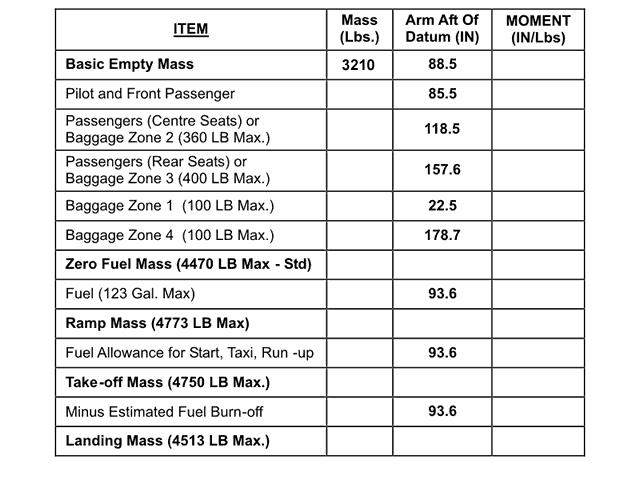 Weight, drag and thrust.
Weight, drag and thrust. How does the best angle of climb and best rate of climb vary with increasing ?
Question 88-5 : Both decrease best angle of climb decreases while best rate of climb increases best angle of climb increases while best rate of climb decreases both increase
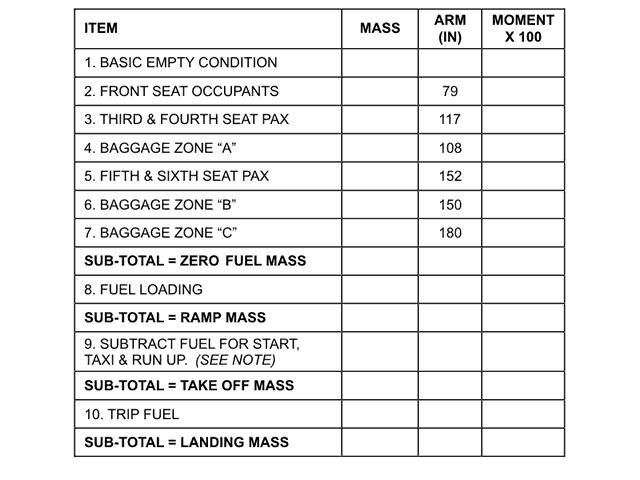 Both decrease.
Both decrease. An operator shall ensure that the net take off flight path clears all obstacles ?
Question 88-6 : 90 m + 0 125 d 0 125 d 90 m + 1 125 d 90 m + d / 0 125
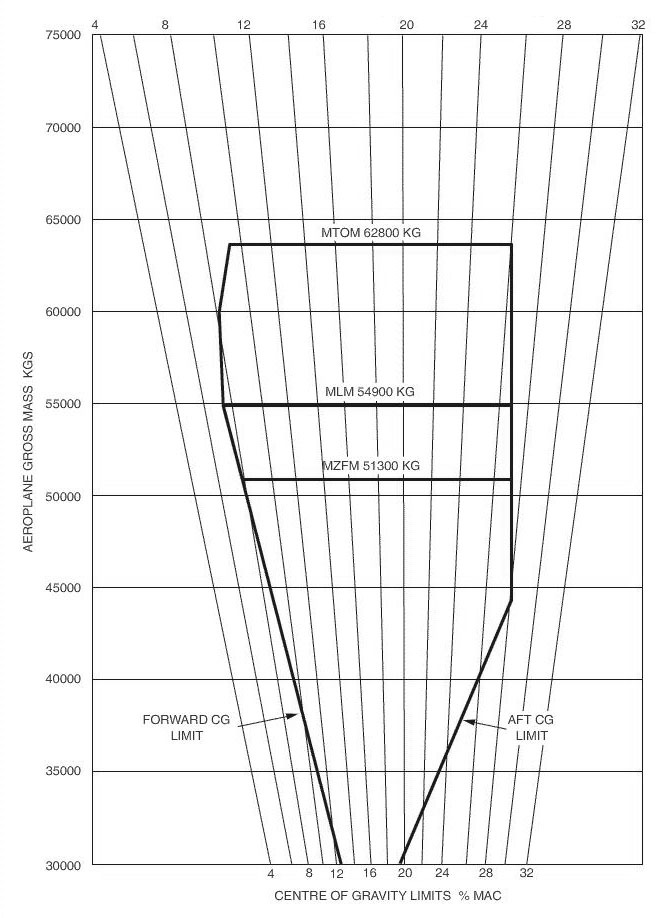 90 m + 0.125 d.
90 m + 0.125 d. What is the effect of tail wind on the time to climb to a given altitude ?
Question 88-7 : The time to climb does not change the time to climb increases the time to climb decreases the effect on time to climb will depend on the aeroplane type
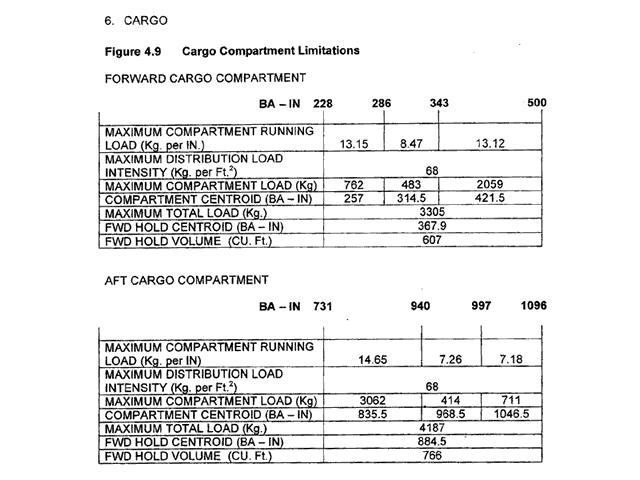 The time to climb does not change.
The time to climb does not change. The angle of climb with flaps extended compared to that with flaps retracted ?
Question 88-8 : Smaller larger not change increase at moderate flap setting decrease at large flap setting
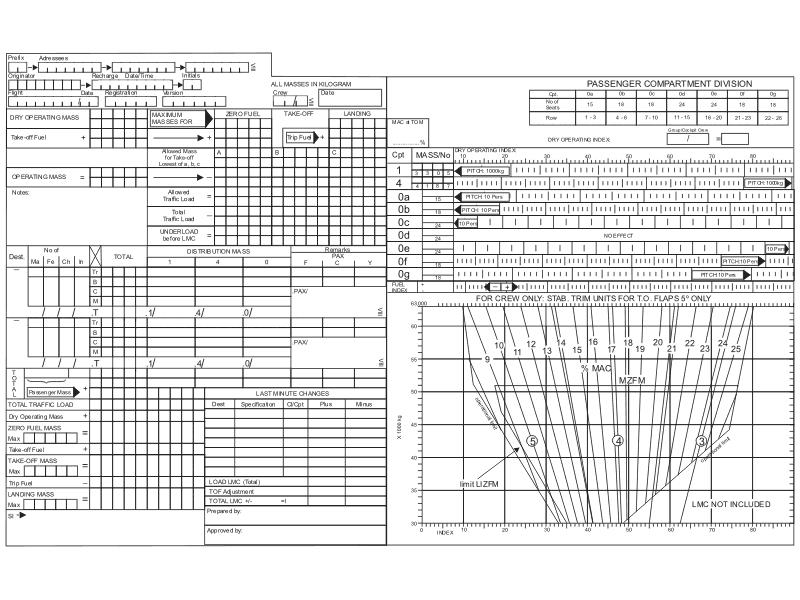 Smaller.
Smaller. Vx and vy with take off flaps will be ?
Question 88-9 : Lower than that for clean configuration higher than that for clean configuration same as that for clean configuration changed so that vx increases and vy decreases compared to clean configuration
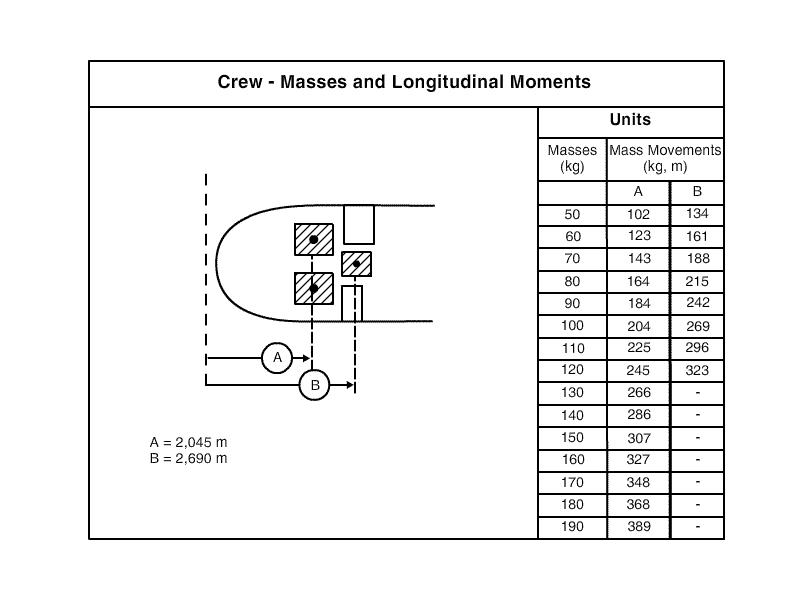 Lower than that for clean configuration.
Lower than that for clean configuration. Other factors remaining constant how does increasing altitude affect vx and vy ?
Question 88-10 : Both will increase both will remain the same both will decrease vx will decrease and vy will increase
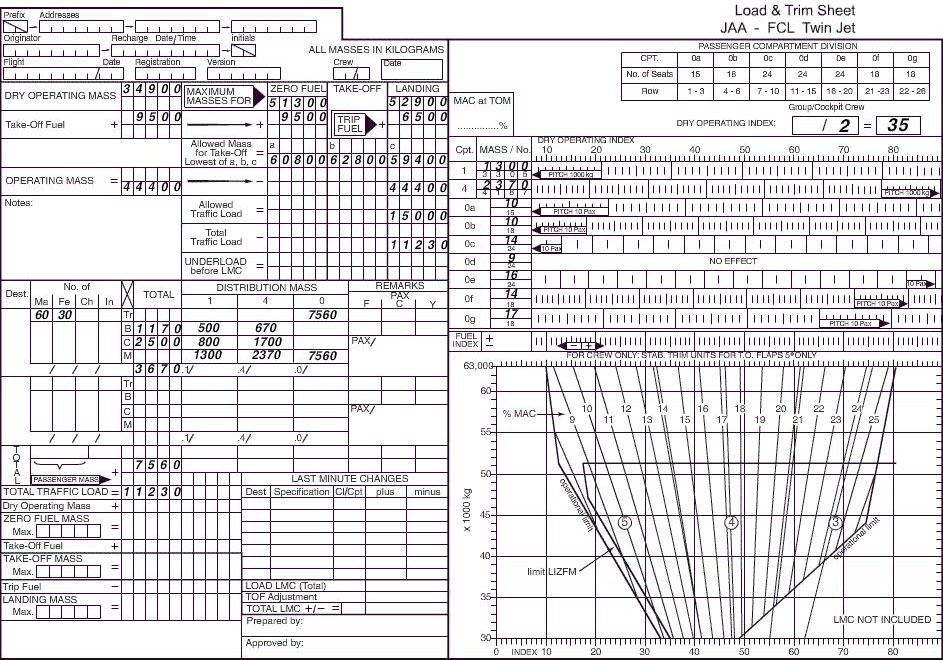 Both will increase.
Both will increase. Considering tas for maximum range and maximum endurance other factors remaining ?
Question 88-11 : Both will increase with increasing altitude both will decrease with increasing altitude both will stay constant regardless of altitude tas for maximum range will increase with increased altitude while tas for maximum endurance will decrease with increased altitude
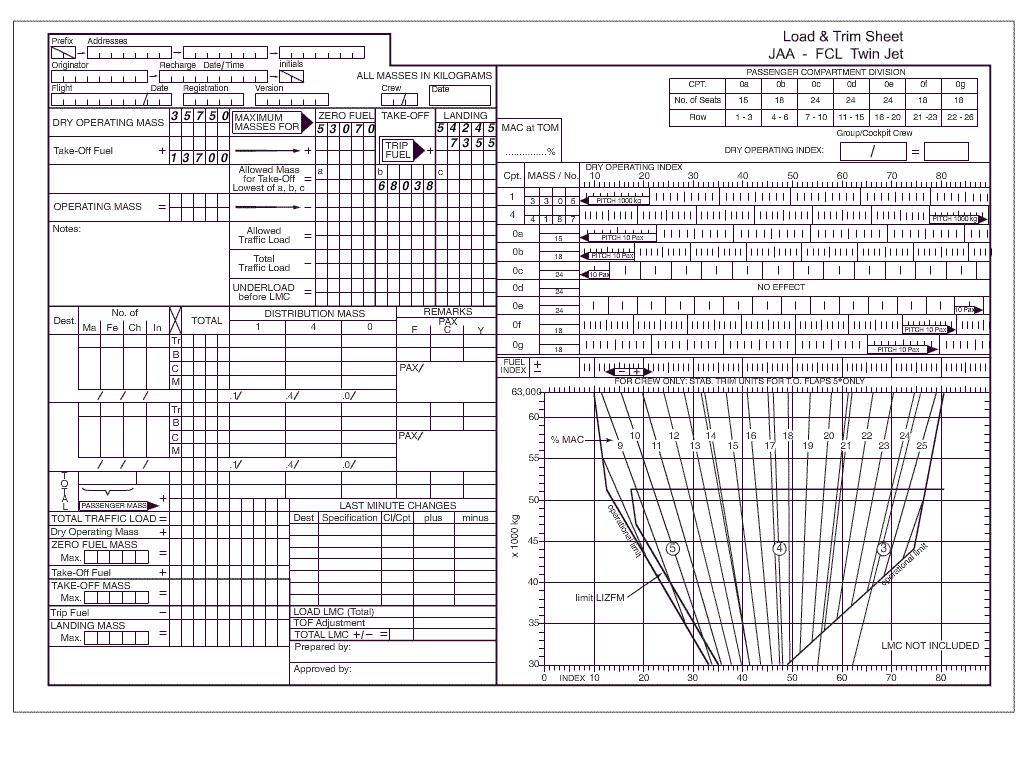 Both will increase with increasing altitude.
Both will increase with increasing altitude. Given that .vef= critical engine failure speed.vmcg= ground minimum control ?
Question 88-12 : Vmcg is less than or equal to vef is less than v1 v2min is less than or equal to vef is less than or equal to vmu 1 05 vmca is less than or equal to vef is less than or equal to v1 1 05 vmcg is less than vefis less than or equal to vr
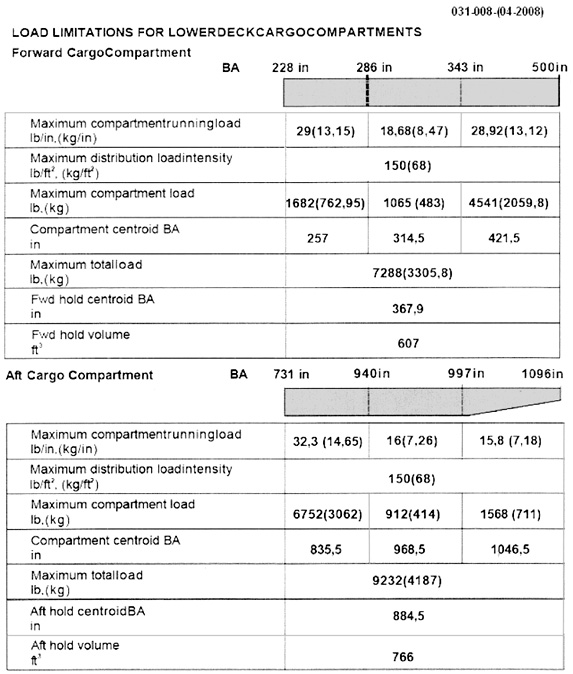 Vmcg is less than or equal to vef is less than v1.
Vmcg is less than or equal to vef is less than v1. Given .vs= stalling speed.vmca= air minimum control speed.vmu= minimum unstick ?
Question 88-13 : Vs< vmca < v2 min v2 min < vmca < vmu vr < vmca < vlof vmu = vmca < v1
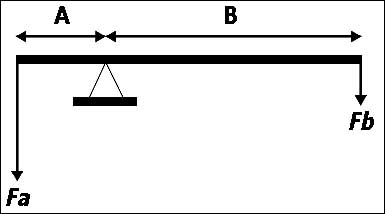 Vs< vmca < v2 min
Vs< vmca < v2 min Regarding take off the take off decision speed v1 ?
Question 88-14 : Is the airspeed on the ground at which the pilot is assumed to have made a decision to continue or discontinue the take off is always equal to vef engine failure speed is an airspeed at which the aeroplane is airborne but below 35 ft and the pilot is assumed to have made a decision to continue or discontinue the take off is the airspeed of the aeroplane upon reaching 35 feet above the take off surface
 Is the airspeed on the ground at which the pilot is assumed to have made a decision to continue or discontinue the take-off.
Is the airspeed on the ground at which the pilot is assumed to have made a decision to continue or discontinue the take-off. An airport has a 3000 metres long runway and a 2000 metres clearway at each end ?
Question 88-15 : 4500 metres 6000 metres 4000 metres 5000 metres
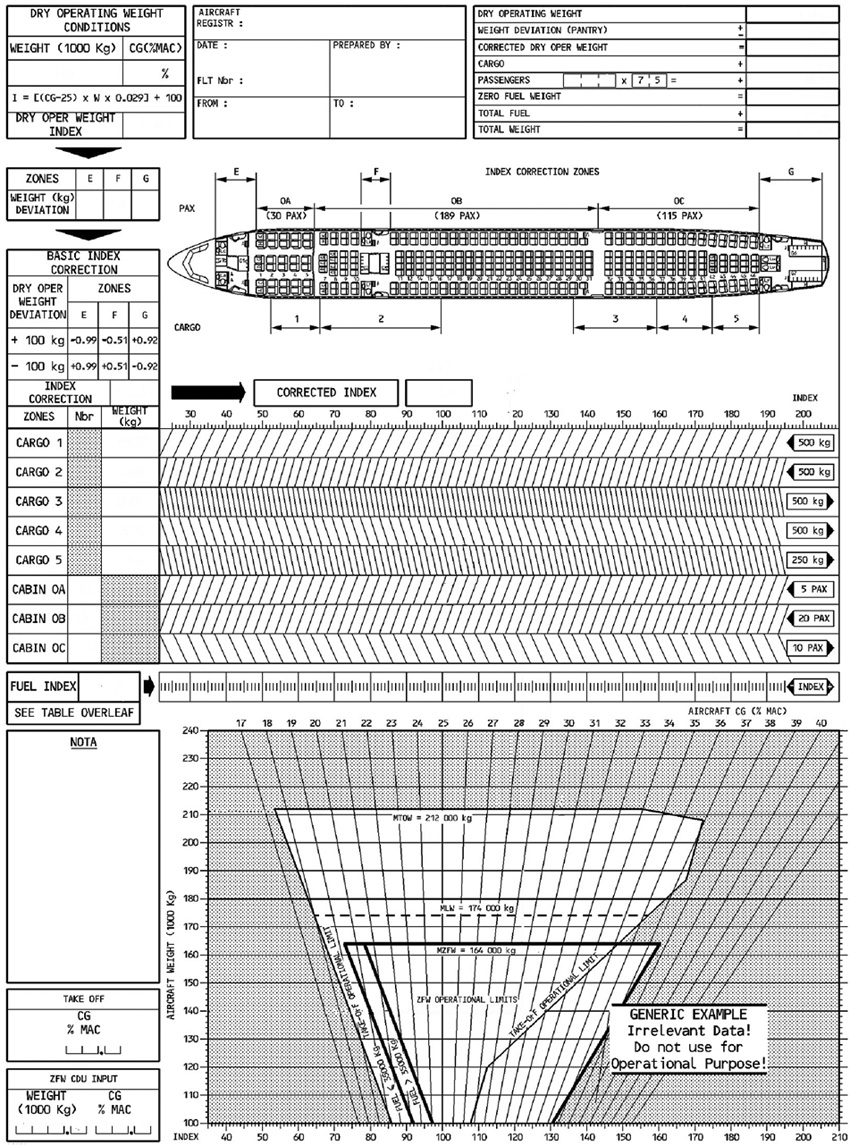 4500 metres.
4500 metres. The net flight path gradient after take off compared to the actual climb ?
Question 88-16 : Smaller larger equal depends on type of aircraft and may be smaller or larger respectively
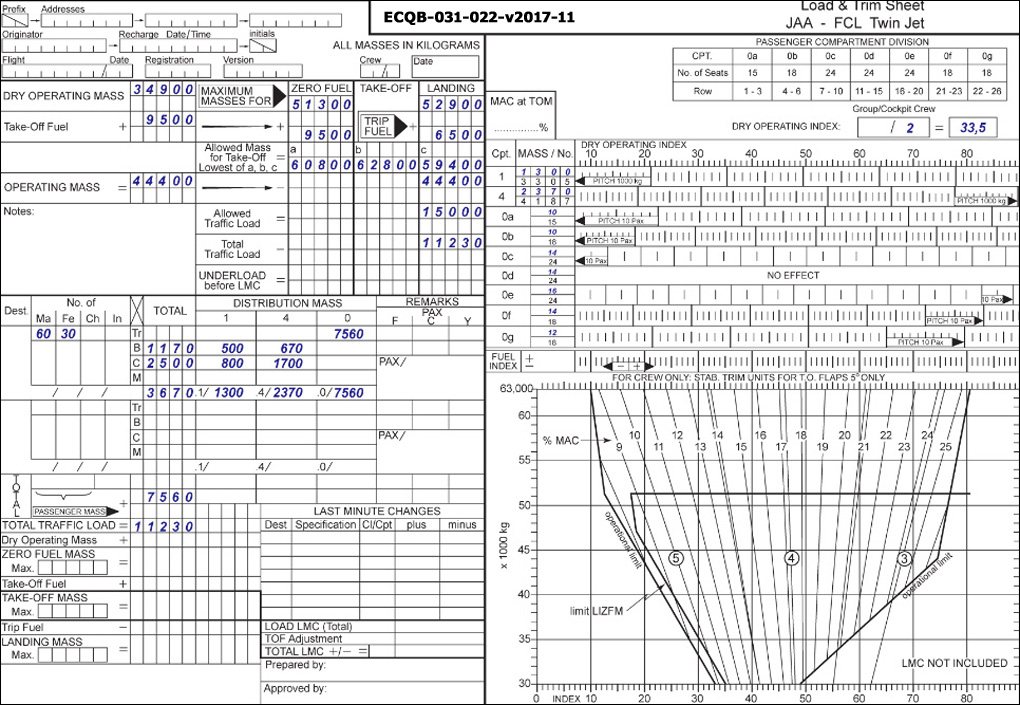 Smaller.
Smaller. Which of the following diagrams correctly shows the movement of the power ?
Question 88-17 : Figure d figure a figure b figure c
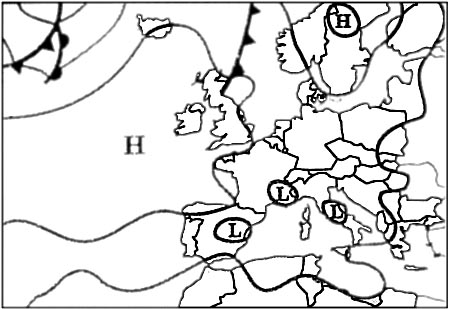 Figure d.
Figure d. In a steady descending flight descent angle gamma equilibrium of forces acting ?
Question 88-18 : T + w sin gamma = d t w sin gamma = d t d = w sin gamma t + d = w sin gamma
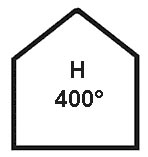 T + w sin gamma = d
T + w sin gamma = d An aeroplane executes a steady glide at the speed for minimum glide angle if ?
Question 88-19 : Increases / increases / decreases decreases / constant / decreases increases / increases / constant increases / constant / increases
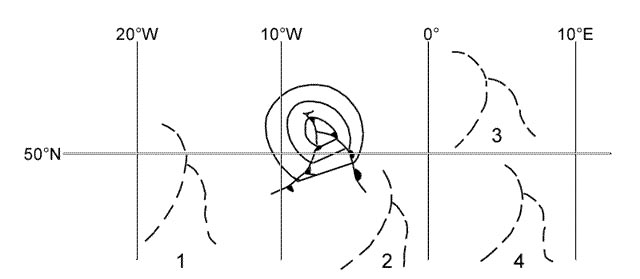 Increases / increases / decreases.
Increases / increases / decreases. An aeroplane is in a power off glide at speed for minimum glide angle if the ?
Question 88-20 : Decreases increases remains the same may increase or decrease depending on the type of aeroplane
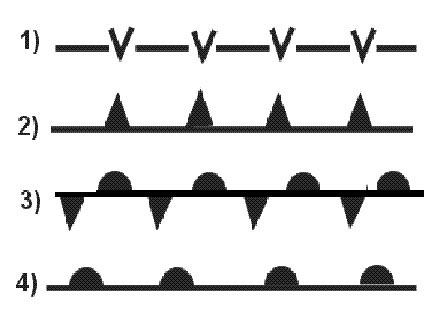 Decreases.
Decreases. Which of the following combinations basically has an effect on the angle of ?
Question 88-21 : Configuration and angle of attack mass and altitude altitude and configuration configuration and mass
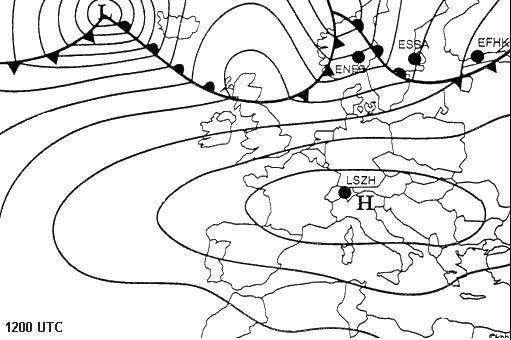 Configuration and angle of attack.
Configuration and angle of attack. Two identical aeroplanes at different masses are descending at idle thrust ?
Question 88-22 : At a given angle of attack both the vertical and the forward speed are greater for the heavier aeroplane there is no difference between the descent characteristics of the two aeroplanes at a given angle of attack the heavier aeroplane will always glide further than the lighter aeroplane at a given angle of attack the lighter aeroplane will always glide further than the heavier aeroplane
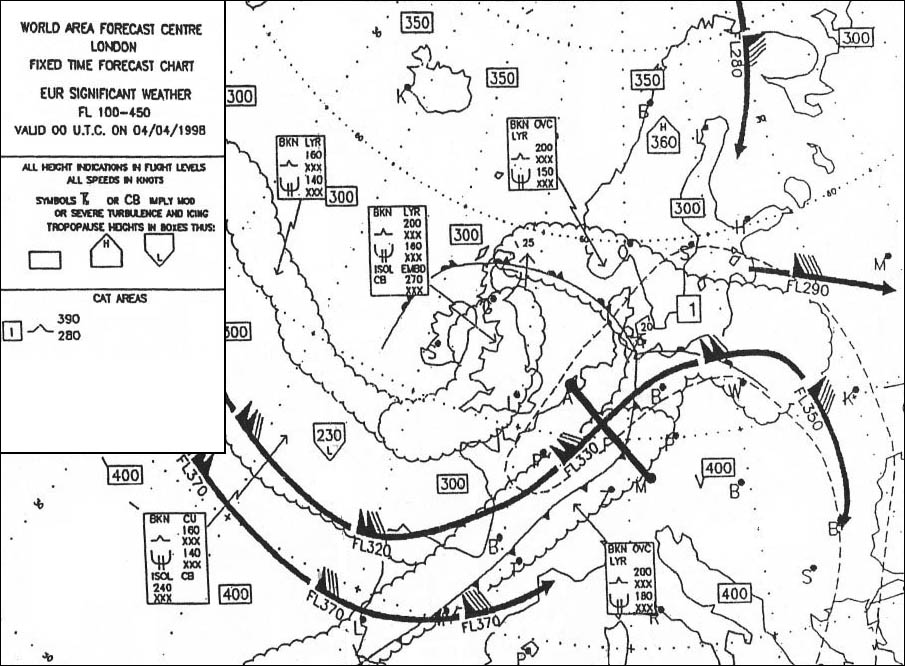 At a given angle of attack, both the vertical and the forward speed are greater for the heavier aeroplane.
At a given angle of attack, both the vertical and the forward speed are greater for the heavier aeroplane. Compared with still air the effect a headwind has on the values of the maximum ?
Question 88-23 : The maximum range speed increases and the maximum gradient climb speed is not affected the maximum range speed decreases and the maximum gradient climb speed increases the maximum range speed decreases and the maximum gradient climb speed decreases the maximum range speed decreases and the maximum gradient climb speed is not affected
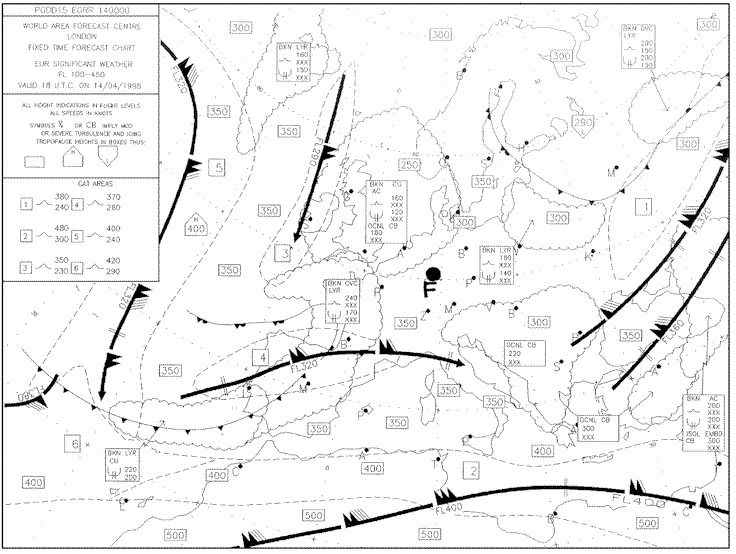 The maximum range speed increases and the maximum gradient climb speed is not affected.
The maximum range speed increases and the maximum gradient climb speed is not affected. The maximum speed in horizontal flight occurs when ?
Question 88-24 : The maximum thrust is equal to the total drag the thrust is equal to the maximum drag the thrust is equal to minimum drag the thrust does not increase further with increasing speed
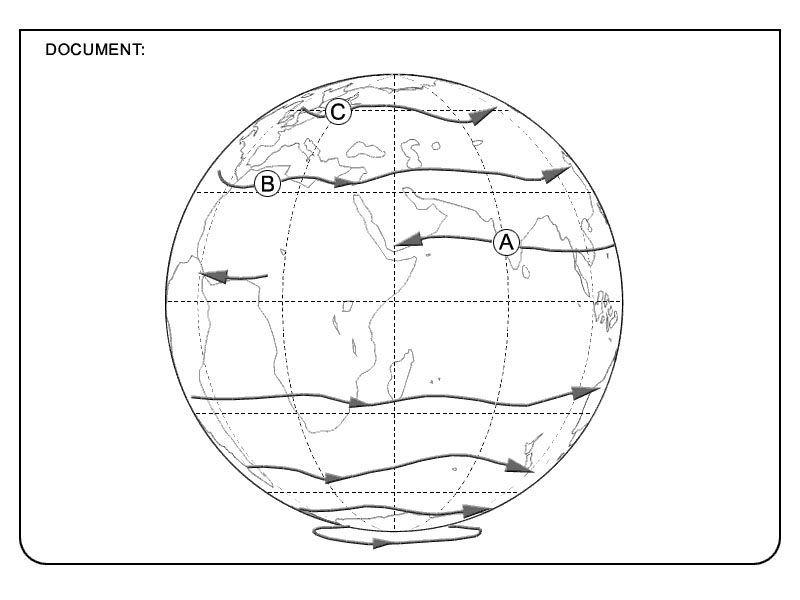 The maximum thrust is equal to the total drag.
The maximum thrust is equal to the total drag. With respect to the optimum altitude which of the following statements is ?
Question 88-25 : An aeroplane sometimes flies above or below the optimum altitude because optimum altitude increases continuously during flight an aeroplane always flies below the optimum altitude because mach buffet might occur an aeroplane always flies at the optimum altitude because this is economically seen as the most attractive altitude an aeroplane flies most of the time above the optimum altitude because this yields the most economic result
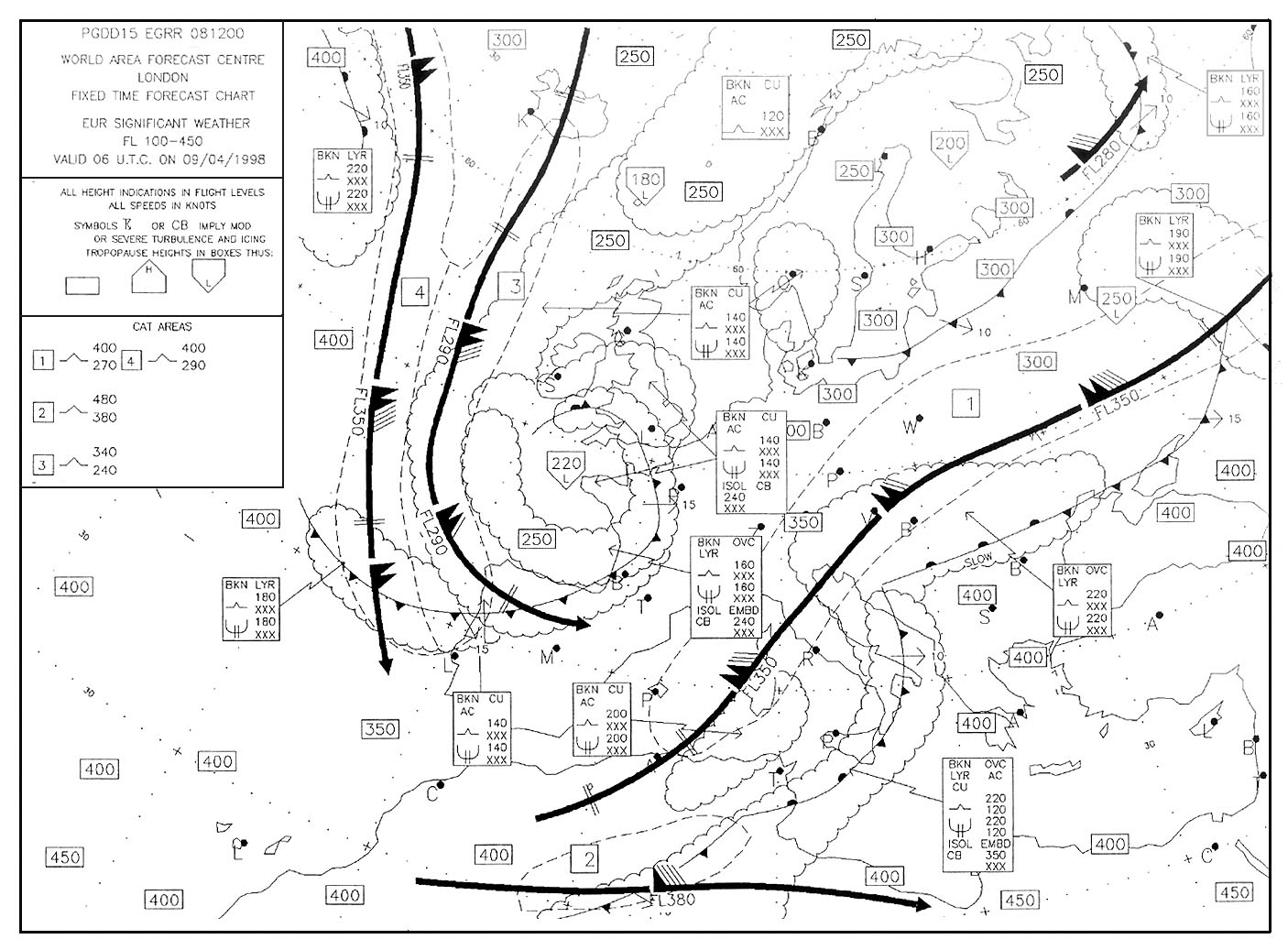 An aeroplane sometimes flies above or below the optimum altitude because optimum altitude increases continuously during flight.
An aeroplane sometimes flies above or below the optimum altitude because optimum altitude increases continuously during flight. How does the lift coefficient for maximum range vary with altitude . no ?
Question 88-26 : The lift coefficient is independent of altitude the lift coefficient decreases with increasing altitude the lift coefficient increases with increasing altitude only at low speeds the lift coefficient decreases with increasing altitude
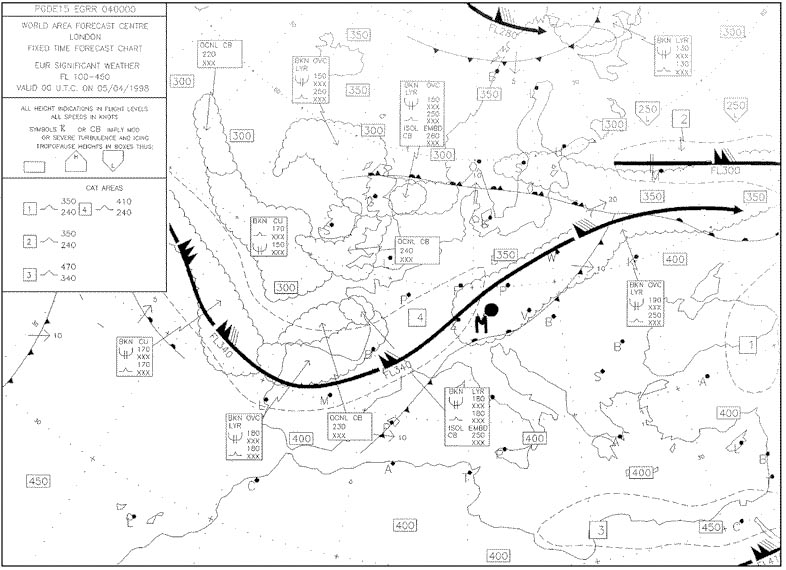 The lift coefficient is independent of altitude.
The lift coefficient is independent of altitude. The speed for maximum lift/drag ratio will result in ?
Question 88-27 : The maximum range for a propeller driven aeroplane the maximum endurance for a propeller driven aeroplane the maximum range for a jet aeroplane the maximum angle of climb for a propeller driven aeroplane
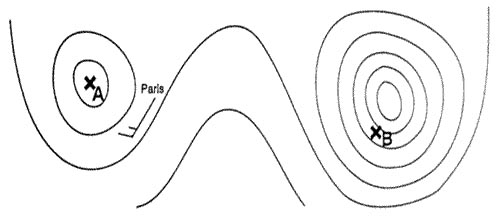 The maximum range for a propeller driven aeroplane.
The maximum range for a propeller driven aeroplane. Which of the following provides maximum obstacle clearance during climb ?
Question 88-28 : The speed for maximum climb angle vx 1 2vs the speed for maximum rate of climb the speed at which the flaps may be selected one position further up
 The speed for maximum climb angle vx.
The speed for maximum climb angle vx. Which of the following factors will lead to an increase of ground distance ?
Question 88-29 : Tailwind decrease of aircraft mass increase of aircraft mass headwind
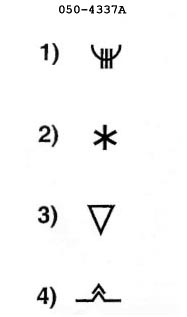 Tailwind.
Tailwind. Which of the following factors leads to the maximum flight time of a glide ?
Question 88-30 : Low mass high mass headwind tailwind
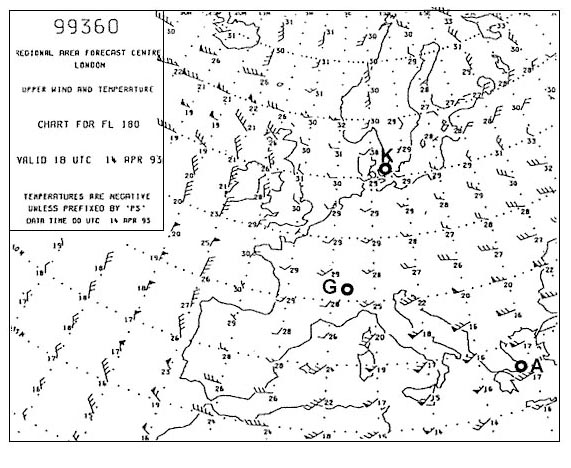 Low mass.
Low mass. When v1 has to be reduced because of a wet runway the one engine out obstacle ?
Question 88-31 : Decreases / remains constant increases / increases remains constant / remains constant decreases / decreases
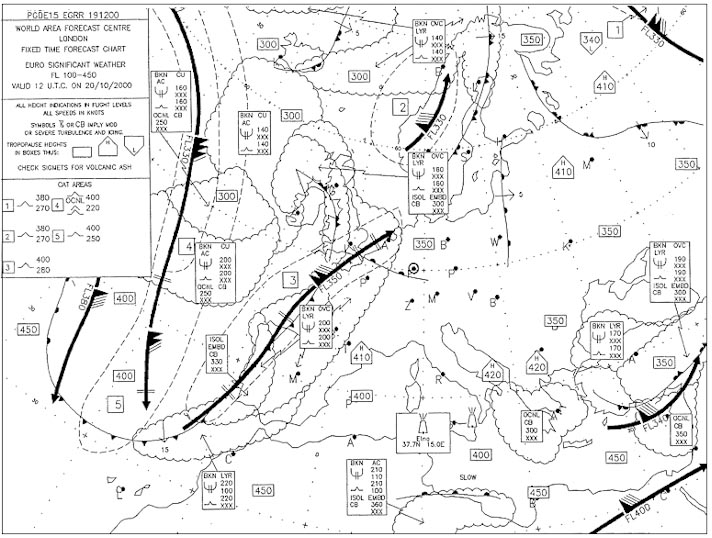 Decreases / remains constant.
Decreases / remains constant. Which statement concerning the inclusion of a clearway in take off calculation ?
Question 88-32 : The field length limited take off mass will increase the usable length of the clearway is not limited v1 is increased v1 remains constant
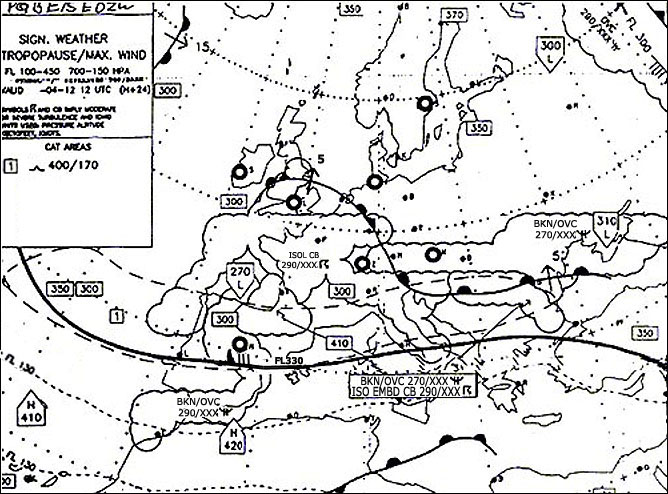 The field length limited take-off mass will increase.
The field length limited take-off mass will increase. Which of the following factors favours the selection of a low flap setting for ?
Question 88-33 : High field elevation distant obstacles in the climb out path long runway and a high ambient temperature low field elevation close in obstacles in the climb out path long runway and a high ambient temperature high field elevation no obstacles in the climb out path low ambient temperature and short runway low field elevation no obstacles in the climb out path short runway and a low ambient temperature
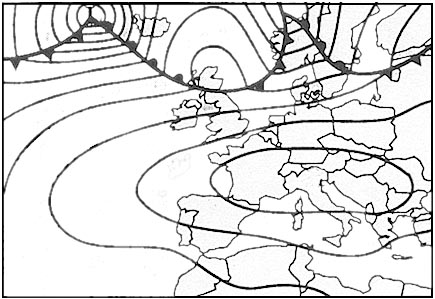 High field elevation, distant obstacles in the climb-out path, long runway and a high ambient temperature.
High field elevation, distant obstacles in the climb-out path, long runway and a high ambient temperature. How is v2 affected if t/o flaps 20° is chosen instead of t/o flaps 10° ?
Question 88-34 : V2 decreases if not restricted by vmca v2 has the same value in both cases v2 increases in proportion to the angle at which the flaps are set v2 has no connection with t/o flap setting as it is a function of runway length only
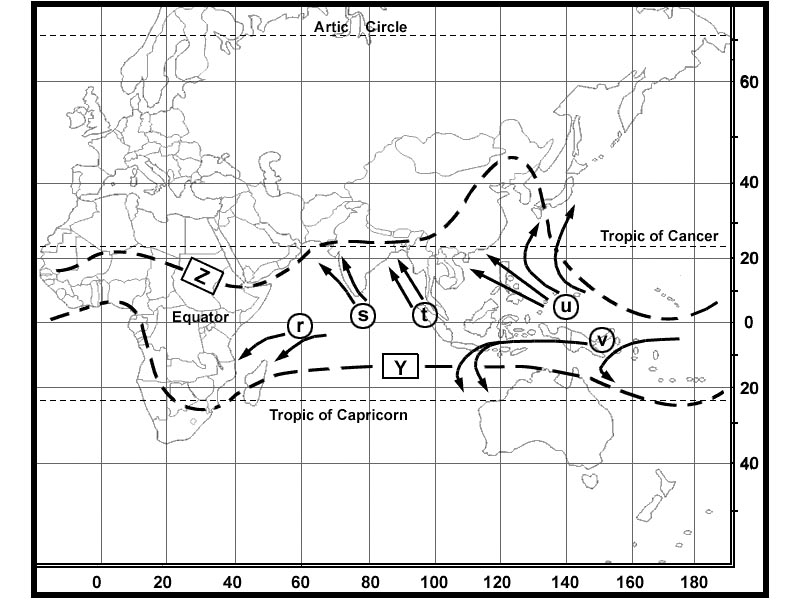 V2 decreases if not restricted by vmca.
V2 decreases if not restricted by vmca. During the flight preparation the climb limited take off mass tom is found to ?
Question 88-35 : By selecting a higher flap setting by selecting a higher v2 by selecting a lower v2 by selecting a lower flap setting
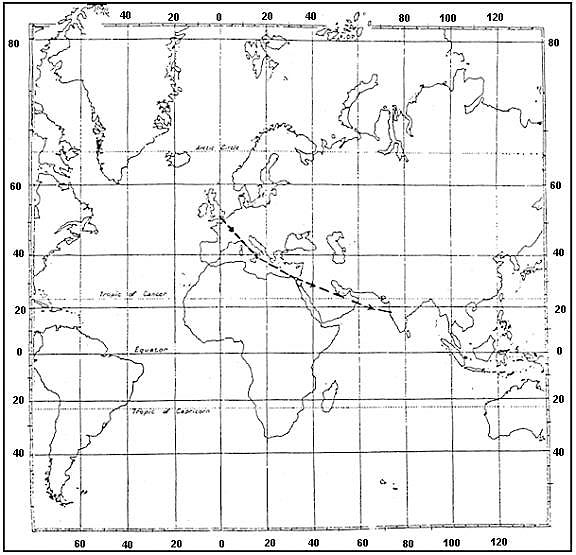 By selecting a higher flap setting.
By selecting a higher flap setting. If on a particular flight the value of v1 used on take off exceeds the correct ?
Question 88-36 : The accelerate/stop distance will exceed the accelerate/stop distance available the one engine inoperative take off distance may exceed the take off distance available v2 may be too high so that climb performance decreases it may lead to over rotation
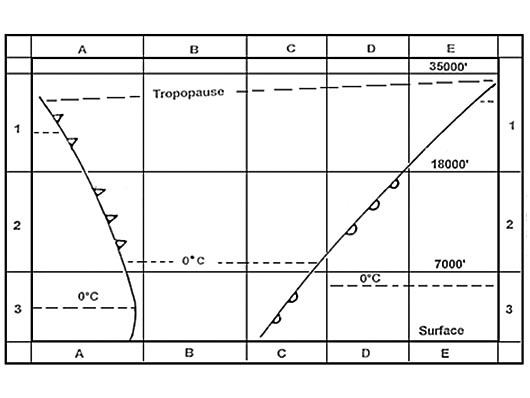 The accelerate/stop distance will exceed the accelerate/stop distance available.
The accelerate/stop distance will exceed the accelerate/stop distance available. Which is the correct sequence of speeds during take off ?
Question 88-37 : Vmcg v1 vr v2 v1 vmcg vr v2 v1 vr vmcg v2 v1 vr v2 vmca
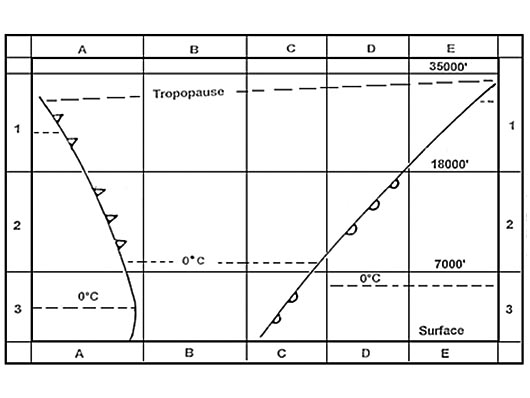 Vmcg, v1, vr, v2.
Vmcg, v1, vr, v2. Regarding the obstacle limited take off mass which of the following statements ?
Question 88-38 : A take off in the direction of an obstacle is also permitted in tail wind condition wind speed plays no role when calculating this particular mass the obstacle limited mass can never be lower than the climb limited take off mass the maximum bank angle which can be used is 10°
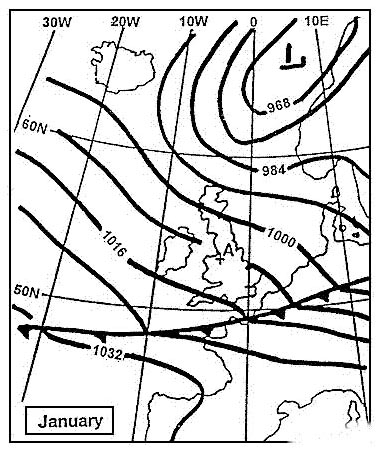 A take-off in the direction of an obstacle is also permitted in tail wind condition.
A take-off in the direction of an obstacle is also permitted in tail wind condition. When an aircraft takes off with the mass limited by the toda ?
Question 88-39 : The actual take off mass equals the field length limited take off mass the distance from brake release to v1 will be equal to the distance from v1 to the 35 feet point the 'balanced take off distance' equals 115% of the 'all engine take off distance' the end of the runway will be cleared by 35 feet following an engine failure at v1
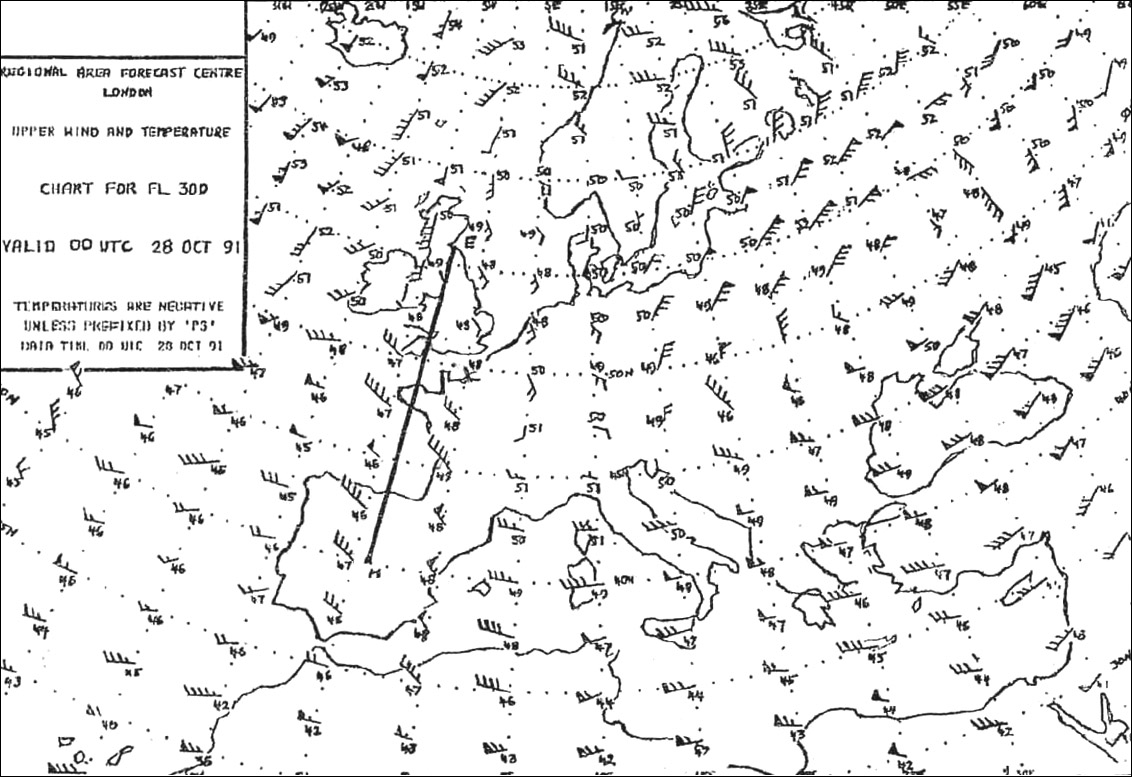 The actual take-off mass equals the field length limited take-off mass.
The actual take-off mass equals the field length limited take-off mass. For a take off from a contaminated runway which of the following statements is ?
Question 88-40 : The performance data for take off must be determined in general by means of calculation only a few values are verified by flight tests the greater the depth of contamination at constant take off mass the more v1 has to be decreased to compensate for decreasing friction dry snow is not considered to affect the take off performance a slush covered runway must be cleared before take off even if the performance data for contaminated runway is available
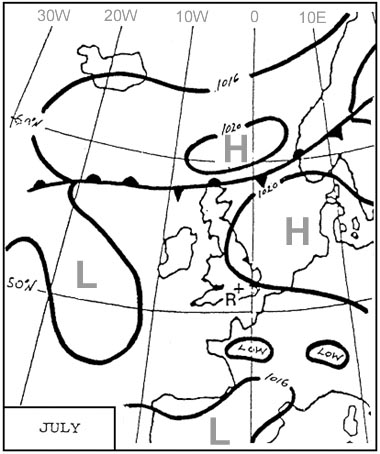 The performance data for take-off must be determined in general by means of calculation, only a few values are verified by flight tests.
The performance data for take-off must be determined in general by means of calculation, only a few values are verified by flight tests. ~
Exclusive rights reserved. Reproduction prohibited under penalty of prosecution.
3479 Free Training Exam
